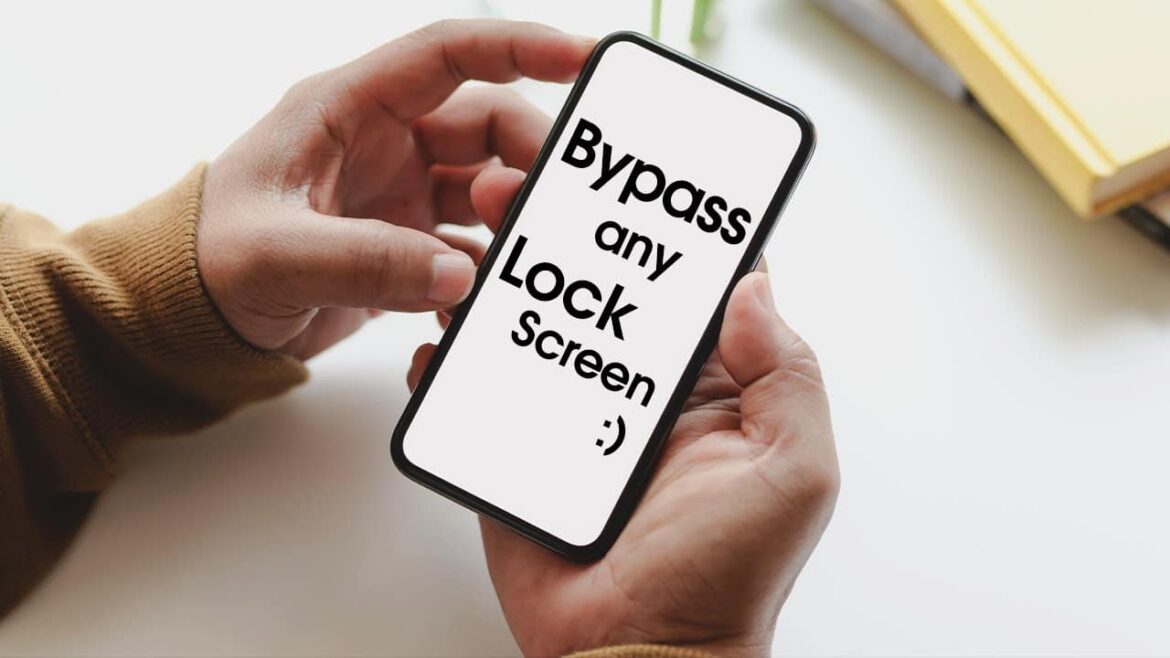906
To bypass a screenshot lock, it often takes just a few clicks in the settings of the respective application. However, such locks have their reasons and should be taken seriously.
Bypass screenshot lock: How to do it
A screenshot lock usually appears in apps that process sensitive data and helps protect your privacy online. To bypass the lock, follow these steps:
- First, check the general or personal settings of the app in question. In banking apps, such as those from Sparkasse or ING, you may find the option “Allow screenshots.”
- If the app does not allow this, try opening it in your smartphone browser or on your computer. The screenshot block should be disabled there.
- If the app does not have a web version, you can record the screen with a suitable app and extract the photos from the video. However, reputable apps do not capture content that is protected from screenshots.
- Of course, there is also an old-school method that is guaranteed to work. Take a photo of your phone screen with another smartphone, accepting some loss of quality.
- Some apps offer the option to temporarily save content offline or export it as a PDF. This is often legal and encouraged by the providers. This gives you an alternative to screenshots without violating the terms of use.
- Many people resort to rooting or jailbreaking methods to bypass a lock. This removes important security mechanisms from your device. Malware, viruses, and unwanted access are then much more likely.
- Important: Keep in mind that locks often have a good reason. If you deliberately disable or bypass a screenshot lock, you are entering a legally uncertain area. Especially in the case of protected content, such as from streaming services, this may even constitute a copyright infringement.
Why apps include a screenshot lock
More and more apps are implementing screenshot locks. These are primarily found where sensitive data is processed. Banking, chat, and coronavirus apps are examples of this. Screenshot locks offer a variety of protective functions.
- Since August 2022, there have been reports that WhatsApp wants to protect messages marked “View once” from screenshots. This reduces the likelihood that your messages will be saved by others against your will.
- Learning platforms and digital magazines use screenshot locks to protect their content from illegal copying. Otherwise, screenshots could easily be distributed and used without permission. The lock serves as a digital barrier against copyright infringement.
- Streaming portals such as Netflix have introduced the block due to copyright reasons. After all, taking a screenshot and forwarding it from a film would be equivalent to copyright infringement.
- In financial or crypto apps, screenshots of transactions or QR codes can be misused. The block prevents this sensitive data from being stored and falsified or reused in other contexts. This significantly reduces the risk of fraud.
- Many app developers are contractually obliged to protect certain content. This is the case, for example, with licensed software or medical data. A screenshot lock ensures that these agreements are technically enforced. This enables providers to reliably meet compliance requirements.
- Our recommendation: It is worth taking a look at an app’s privacy policy to find out what consequences you can expect if you take screenshots without permission.

